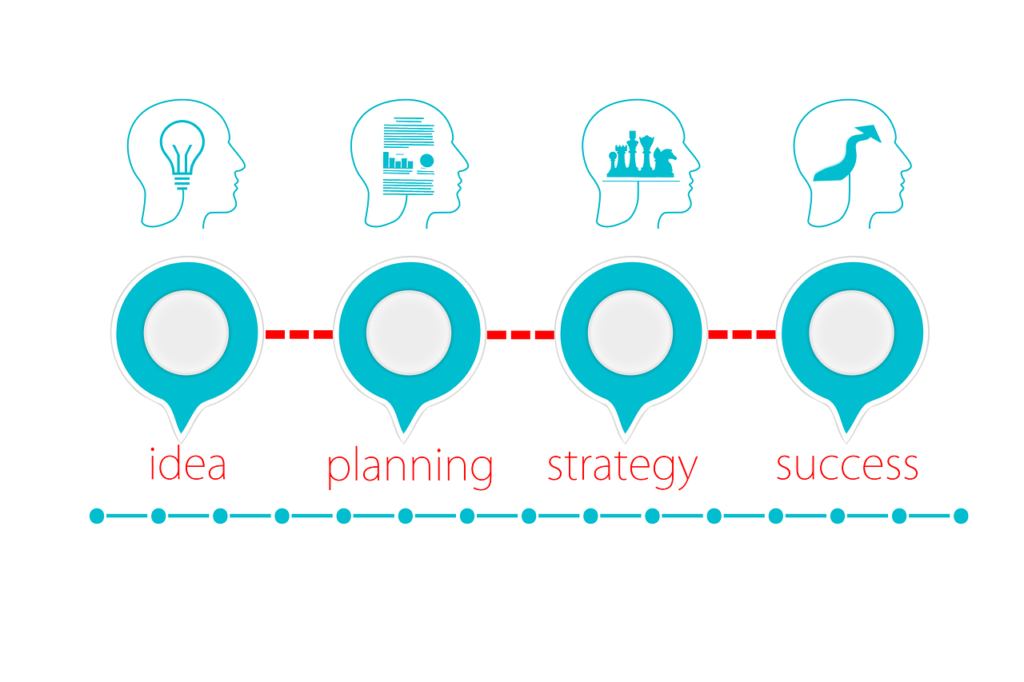
Types of Research
Research is a systematic investigation that aims to discover new knowledge, validate existing theories, or solve practical problems. It plays a crucial role in advancing various fields of study, including biology. In this section, we will explore the different types of research that researchers employ to achieve their objectives.
I. Basic Research
Basic research, also known as pure or fundamental research, is conducted to expand our understanding of the fundamental principles and theories underlying a particular field of study. It is driven by curiosity and the desire to explore the unknown. Basic research does not have immediate practical applications but serves as the foundation for applied research.
The primary goal of basic research in biology is to uncover new knowledge about living organisms, their structures, functions, and interactions. Researchers in this field often conduct experiments in controlled laboratory settings to investigate biological phenomena and test hypotheses. Basic research in biology has led to groundbreaking discoveries, such as the structure of DNA and the principles of genetics.
II. Applied Research
Applied research aims to solve specific practical problems or address practical questions. It involves the application of scientific knowledge and techniques to develop solutions, improve processes, or create new products. Applied research in biology focuses on using biological knowledge to develop practical applications in various fields, including medicine, agriculture, and environmental conservation.
Applied research often involves collaboration between scientists, industry professionals, and other stakeholders. It requires a multidisciplinary approach, combining biological knowledge with expertise from other fields, such as engineering or medicine. Examples of applied research in biology include the development of new drugs, the improvement of crop yields through genetic engineering, and the conservation of endangered species.

Essential Steps of Research
Research is a systematic process of investigation that aims to discover new knowledge, validate existing theories, or solve practical problems. It involves a series of essential steps that guide researchers in conducting their studies effectively. These steps provide a structured framework for planning, executing, and analyzing research projects.
In this section, we will discuss the essential steps in research and their significance in the research process.
1. Problem Identification
The first step in any research endeavor is to identify a problem or research question. This involves recognizing a gap in knowledge or a practical issue that needs to be addressed. The problem should be specific, clear, and relevant to the field of study. It is essential to define the problem accurately to ensure that the research conducted will contribute meaningfully to the existing body of knowledge.
2. Literature Review
Once the problem is identified, the next step is to conduct a thorough literature review. This involves reviewing existing research and scholarly articles related to the research question. The literature review helps researchers understand the current state of knowledge, identify gaps or inconsistencies in previous studies, and develop a theoretical framework for their research. It also helps in formulating research hypotheses and designing appropriate research methods.
3. Research Design
After conducting a literature review, researchers need to design their study. The research design outlines the overall plan for conducting the research, including the methods, procedures, and data collection techniques. The design should be aligned with the research objectives and address the research question effectively. Researchers need to consider factors such as sample size, data collection instruments, and ethical considerations when designing their study.
4. Data Collection
Once the research design is finalized, researchers can proceed with data collection. This step involves gathering relevant data or information to answer the research question. Data collection methods can vary depending on the nature of the research, such as surveys, interviews, observations, or experiments. Researchers need to ensure that the data collected is accurate, reliable, and valid to draw meaningful conclusions.
5. Data Analysis
After collecting the data, researchers need to analyze it to draw meaningful conclusions. Data analysis involves organizing, interpreting, and summarizing the collected data using statistical or qualitative techniques. The analysis should be aligned with the research objectives and research question. It helps researchers identify patterns, trends, or relationships in the data and make inferences or draw conclusions based on the findings.
6. Interpretation and Conclusion
Once the data is analyzed, researchers need to interpret the results and draw conclusions. This step involves critically analyzing the findings in the context of the research question and existing literature. Researchers should discuss the implications of their findings, identify limitations or areas for further research, and provide recommendations based on their conclusions. The interpretation and conclusion should be supported by evidence and logical reasoning.
7. Report Writing
The final step in the research process is to write a research report. The report documents the entire research process, including the problem statement, literature review, research design, data collection methods, analysis, interpretation, and conclusions. It should be well-structured, concise, and organized to effectively communicate the research findings to the intended audience. The report should also include appropriate citations and references to acknowledge the sources of information used in the study.
Significance of the Essential Steps in Research
The essential steps in research provide a systematic and structured approach to conducting research. Each step plays a crucial role in ensuring the validity, reliability, and integrity of the research findings. Problem identification helps researchers focus their efforts on relevant and meaningful research questions. The literature review helps researchers build on existing knowledge and avoid duplicating previous studies. The research design ensures that the study is well-planned and executed, minimizing bias and maximizing the chances of obtaining accurate results. Data collection and analysis enable researchers to gather and interpret evidence to answer the research question effectively. The interpretation and conclusion help researchers make sense of the findings and contribute to the existing body of knowledge. Finally, report writing ensures that the research findings are effectively communicated and shared with the scientific community.
The essential steps in research provide a structured framework for conducting research effectively. By following these steps, researchers can ensure that their studies are well-designed, rigorously executed, and contribute meaningfully to the field of study. Understanding and implementing these steps are crucial for researchers to produce high-quality research and advance knowledge in their respective fields.
